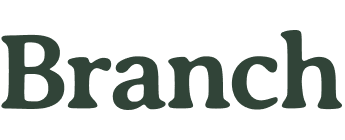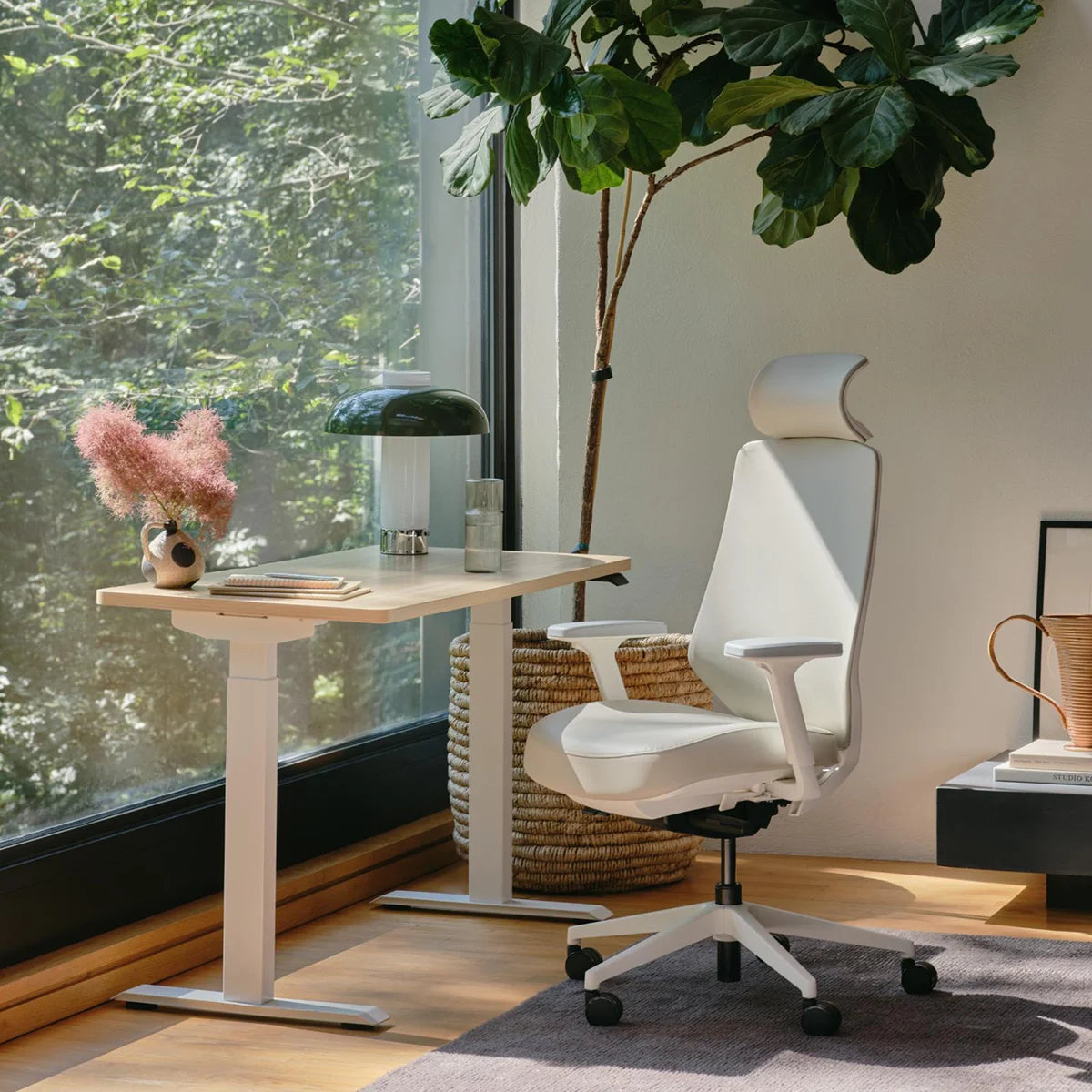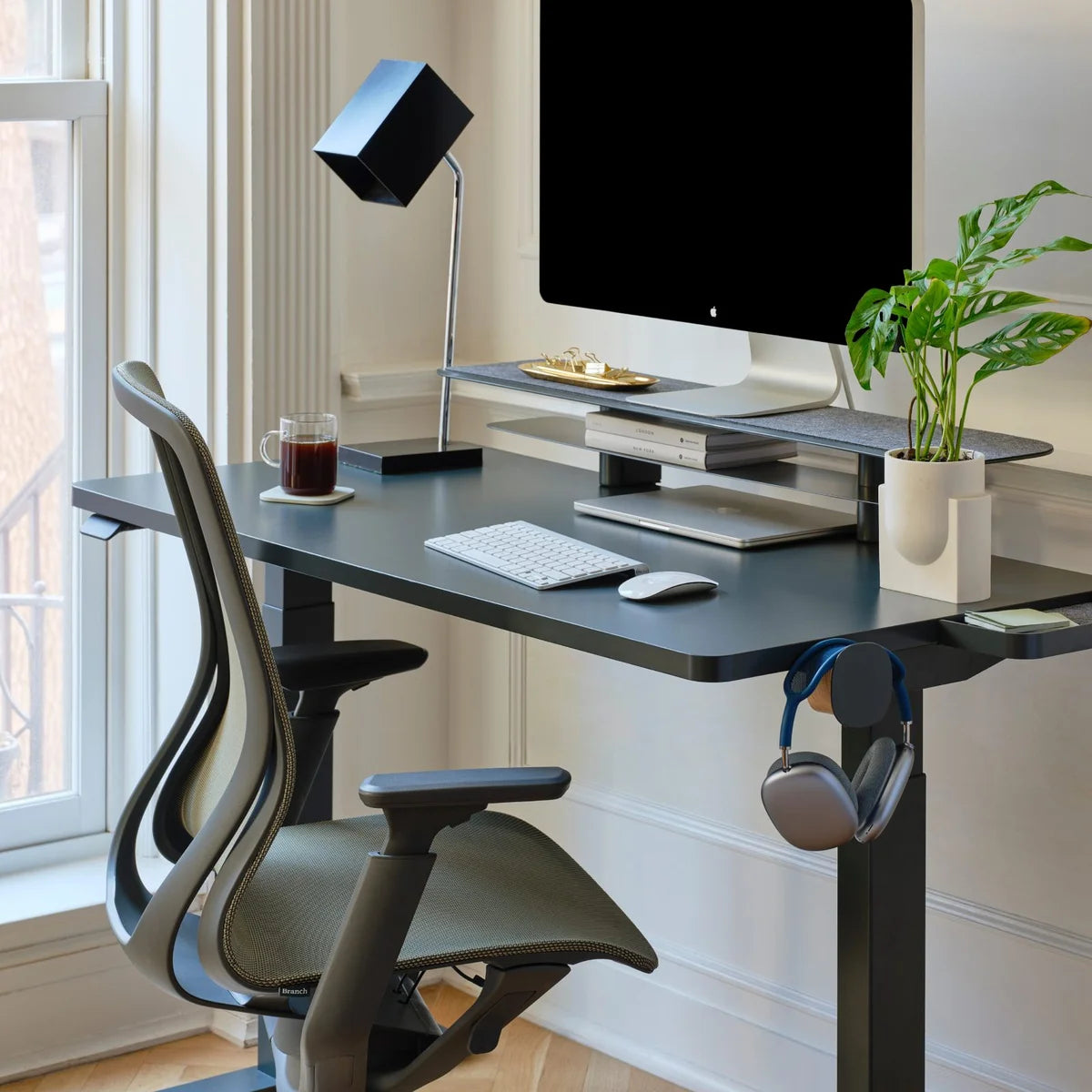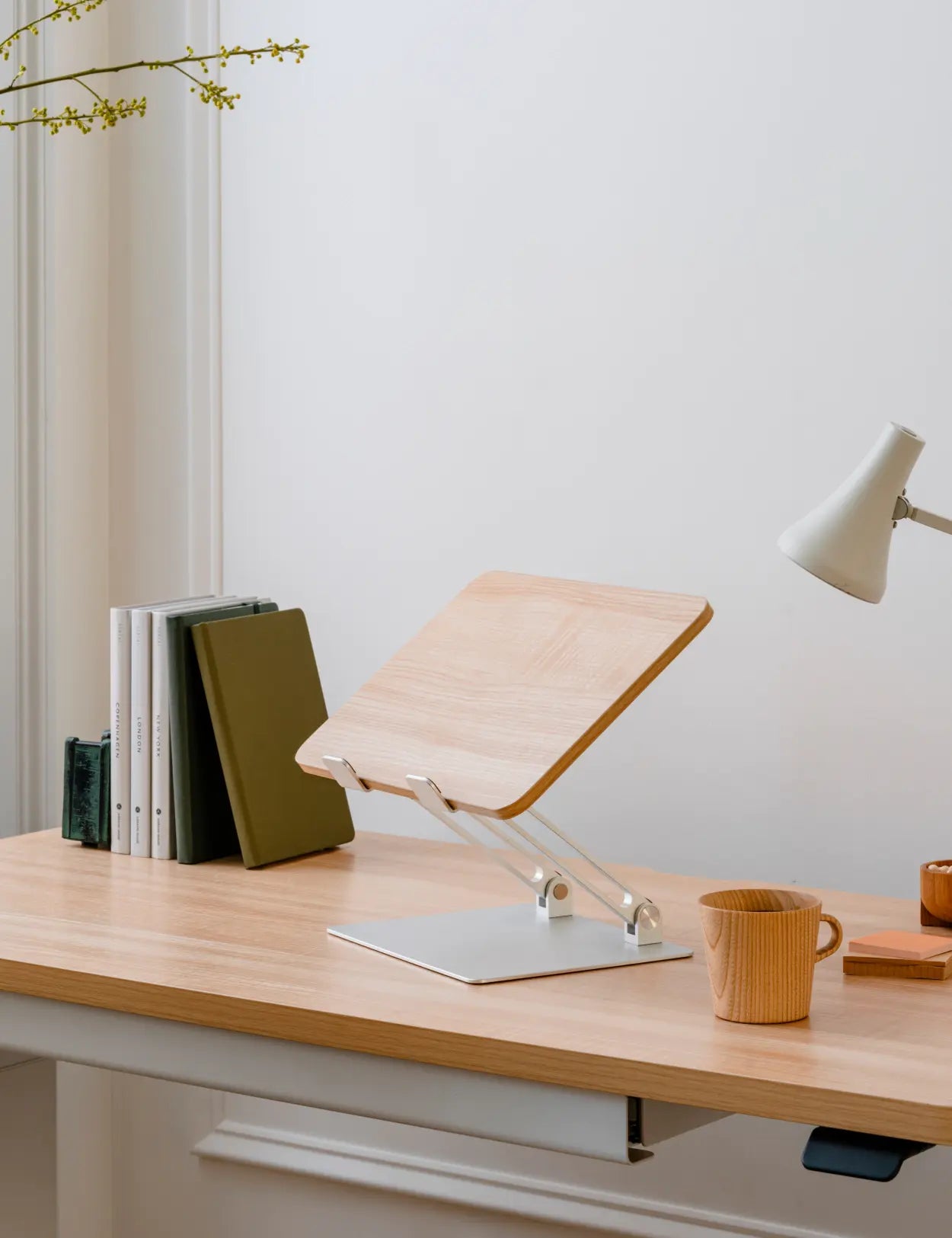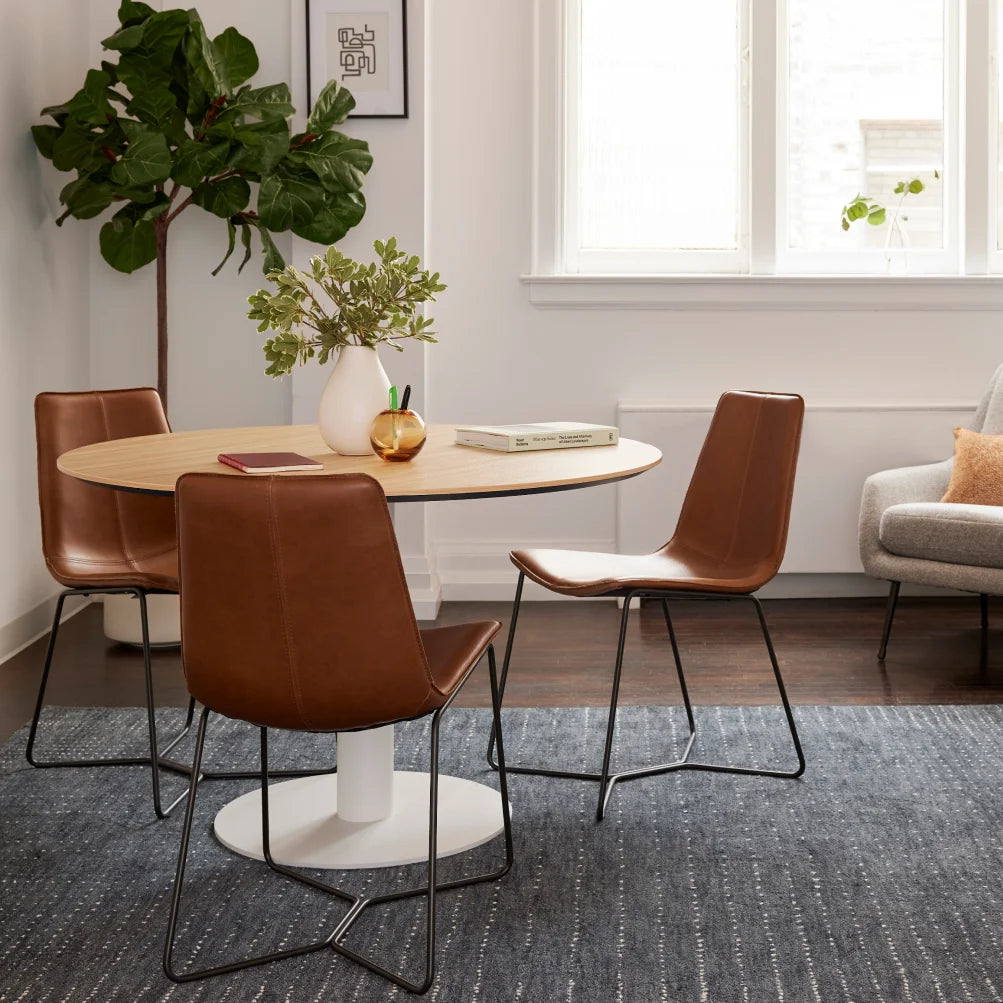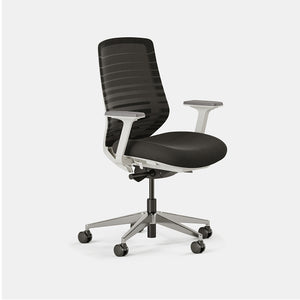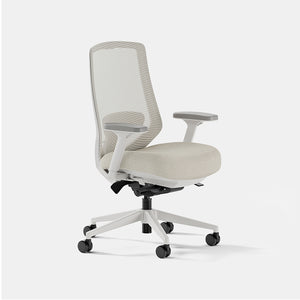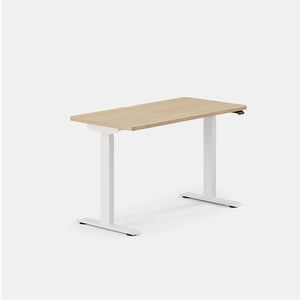We sat down (over Zoom) with Jordan Nathan, the CEO of Caraway, to talk working from home, productivity, and scaling his rapidly growing DTC brand during a pandemic.
Home Work Issue No. 1: Jordan Nathan, Founder & CEO of Caraway
Tell us about your home office or wherever you’re getting most of your work done these days.
I’d imagine you’re spending more time in the kitchen these days. How has this change influenced the way you think about your products, and has it inspired any new ideas?
I wouldn’t say products, necessarily, but we have definitely become much more active with social and content. We launched a blog a few weeks ago, we’ve built out our marketing team, and we’re constantly evolving our strategy. I think we’ve created an active space where customers can reach out for tips and advice. Being able to spend time in the kitchen has helped me and my teammates get into our consumer’s mindset, which lets us become more of a resource for our customers.
Tell us how you stay organized and productive. Do you use a physical planner or online tools?
As Caraway grows, how will your productivity system and management style change?
About a month ago, Forbes ran an article detailing your successful $5.3 million seed round—what was it like raising capital in a time of so much uncertainty and volatility?
Was it weird at all to raise from investors when you’re both at home? Did it feel more casual, or more intense?
What do you think are the unique challenges and opportunities that DTC companies such as Caraway are facing in the midst of the pandemic?
On new furniture, exclusive sales and more.


